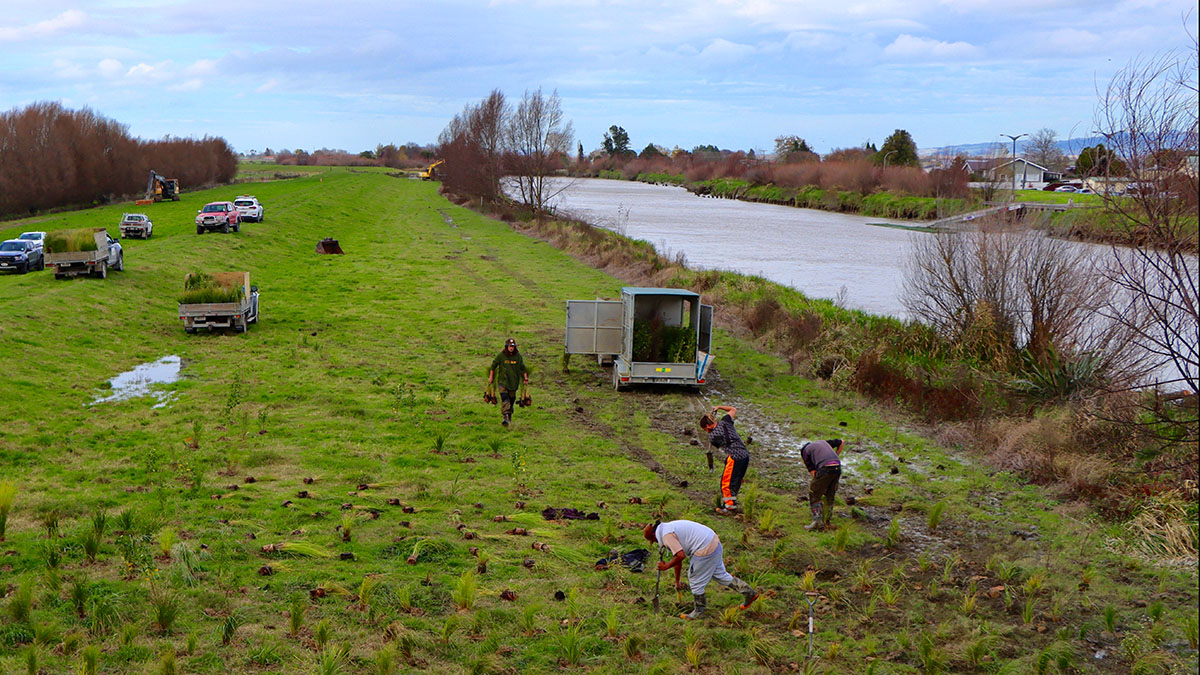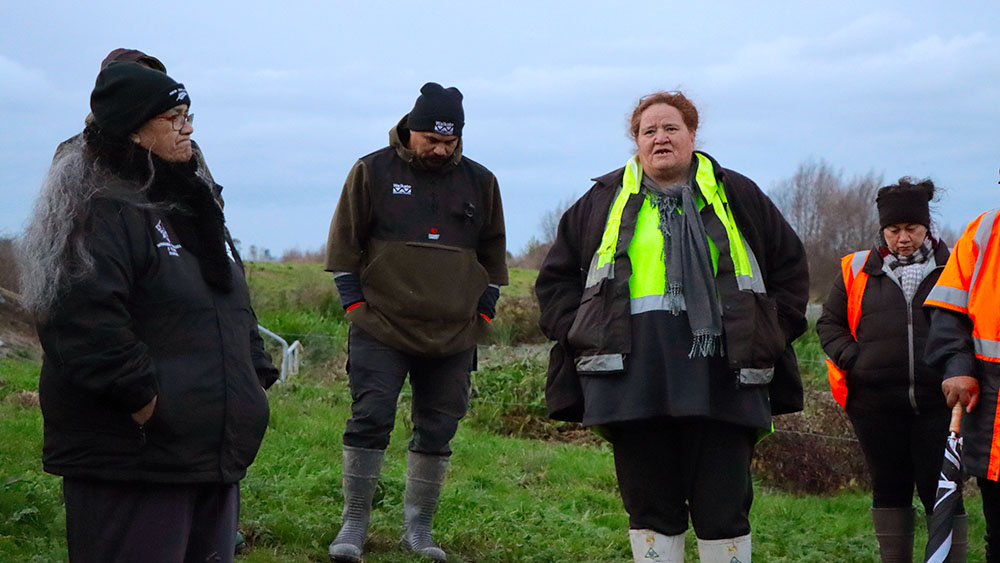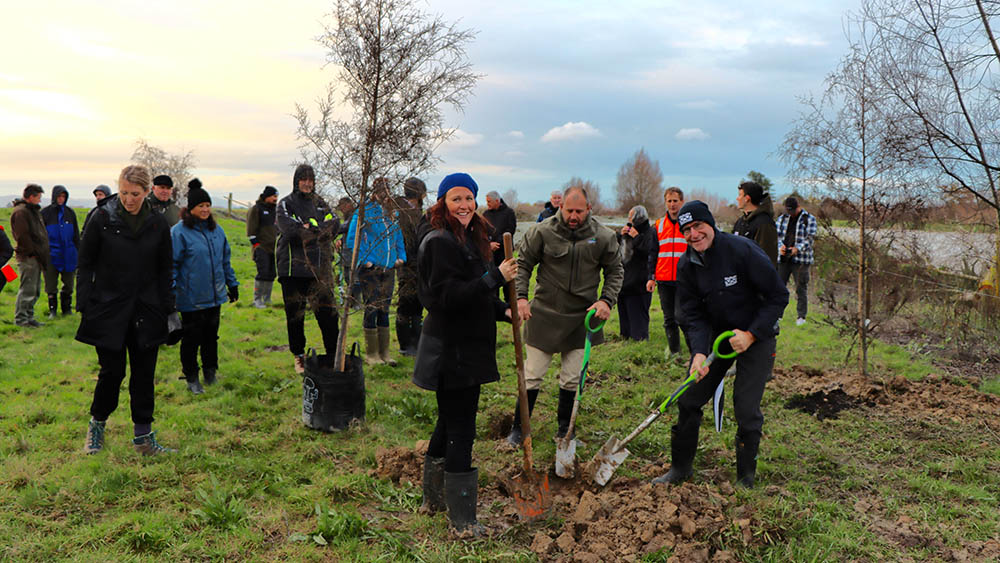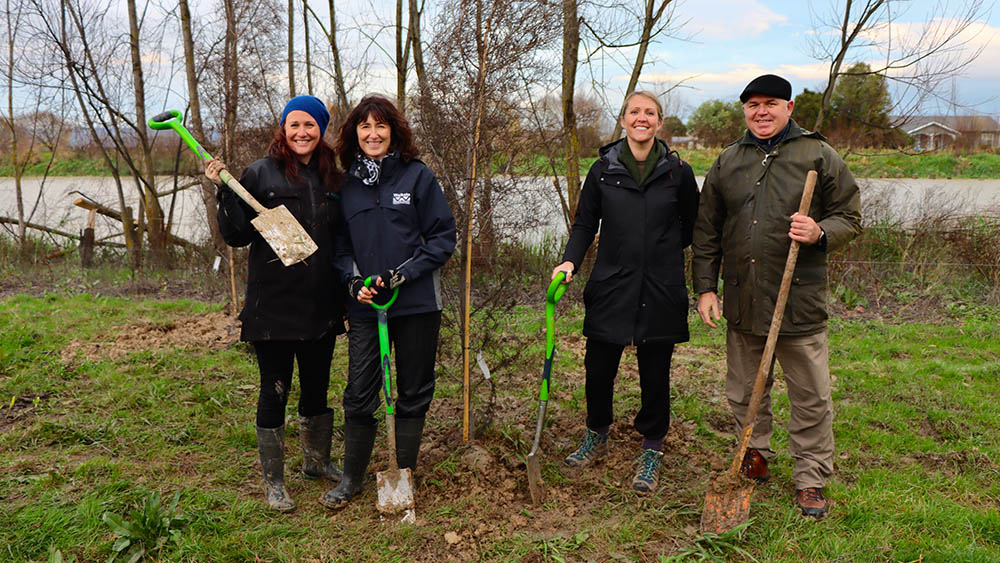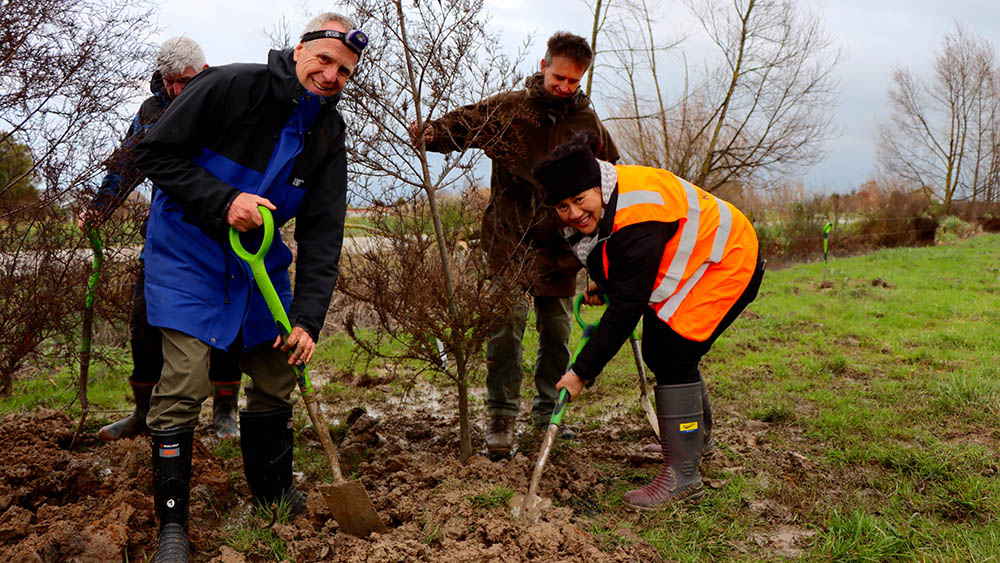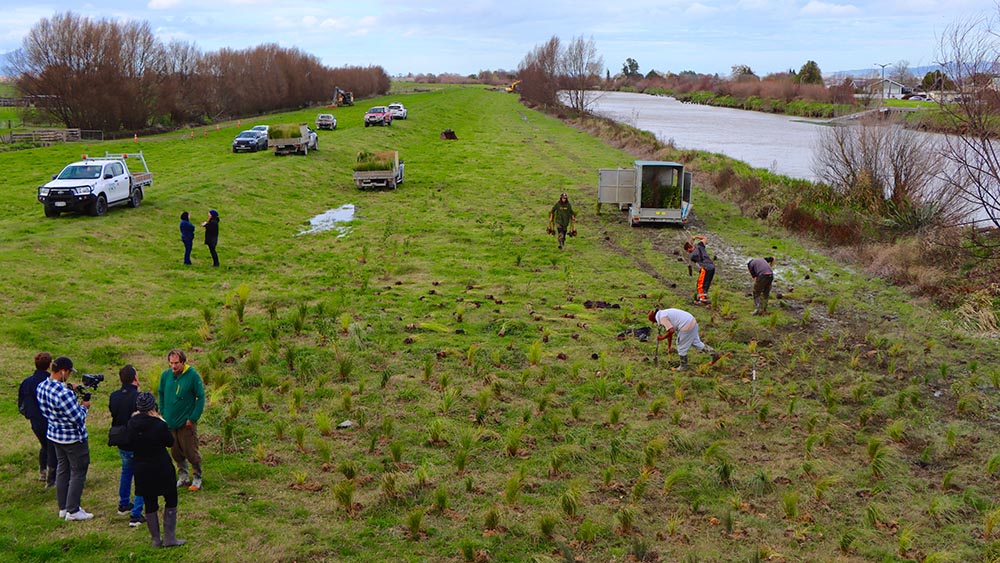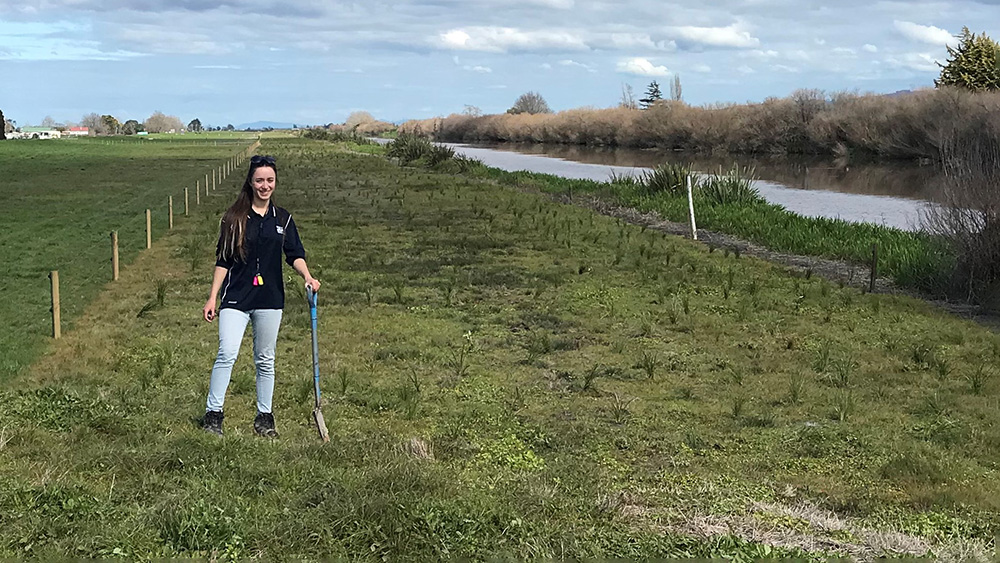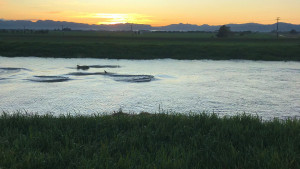 Funded: $2.8m by MfE’s Public Waterways and Ecosystems Restoration Fund as part of the Jobs for Nature programme
Funded: $2.8m by MfE’s Public Waterways and Ecosystems Restoration Fund as part of the Jobs for Nature programme
Total project cost: $3.2m
Project duration: 5 years
New jobs expected over project life: 16
This project seeks to reconnect the Kopuatai wetland to the Firth of Thames. Both are RAMSAR sites of international ecological significance. The vision is to have a green corridor along the Piako River, from the restiad peat bog of the Kopuatai wetland through the mangrove forests and the salt marshes to the chenier plains of the Firth of Thames foreshore. Riparian planting will improve biodiversity and provide shade for invertbrates and fish in drainage systems along the foreshore from Kopu Bridge to Apple Tree Pump Station. Deep water refuges in the foreshore drain will provide a safe haven for freshwater fish during the low water levels in summer, and sediment traps ahead of drainage systems discharging to the main stem of the Piako River will capture sediment before it hits the river. All the plants will be eco-sourced with preference to them being grown by local nurseries and social enterprises.
This project, now into year four, builds on discussions with local iwi and long-term planning and existing programmes run by Waikato Regional Council. Much of the work will be on council managed land.
We are working closely with iwi as well as key stakeholders such as lessees, Department of Conservation, Hauraki District Council and Fish and Game.
Key activities
- 27km of riparian margin fenced.
- 25ha of riparian margin retired, planted and habitat created.
- 252,800 native eco-sourced plants planted.
Environmental benefits
- Enhanced habitat for native fish and waterfowl.
- An increased network of biodiversity sites connecting to DOC conservation land and reserves.
- Reduction in contaminants entering the Piako River and Firth of Thames.
- Improvements in water quality.
Progress update:
- 225,703 mixed native plants have been planted to date.
- 26.3km of riparian fencing completed.
- Sediment traps and deep water refuges constructed.
- Foreshore drain reshape completed west of the Piako River mouth.
Next steps:
- Maintenance of the existing plants, including pest plant control (e.g. willow and other larger woody vegetation)
- Planning for additional native planting in 2025.
- Project close out and transition planning.

